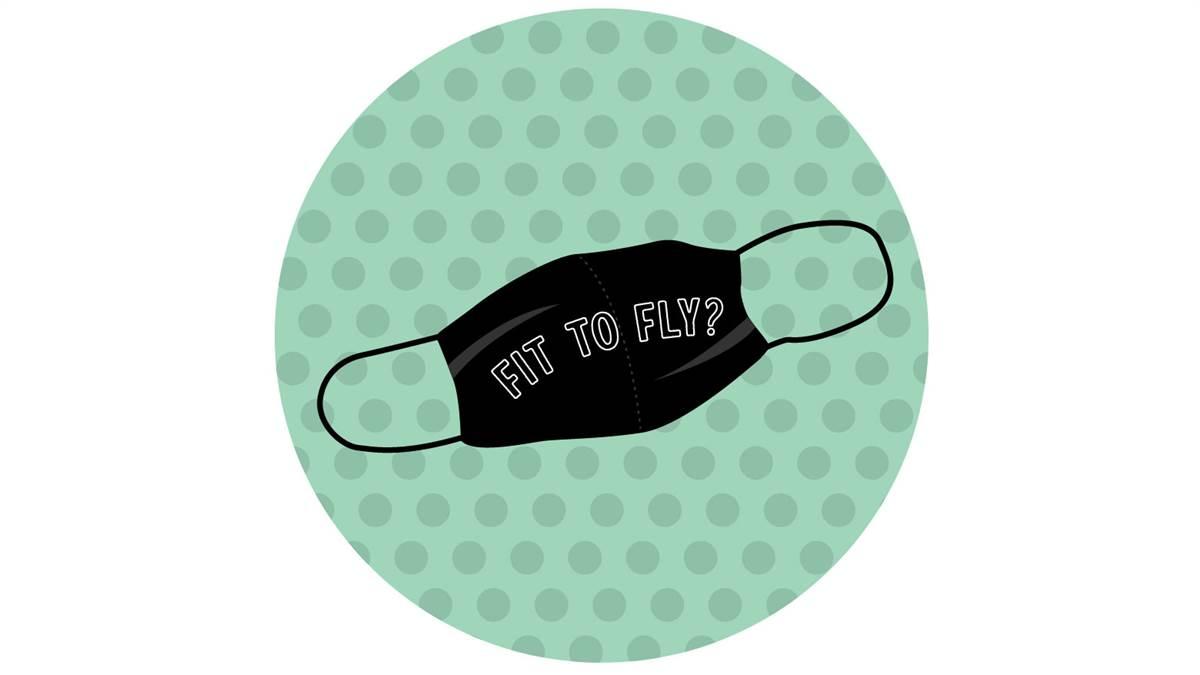Accident Analysis: Back in the game
How to safely return to the air—and when

While the results of the FAA’s 2020 activity survey won’t be published earlier than late 2021, anecdotal evidence suggests a couple of pretty solid bets: Stay-at-home orders, limits to nonessential travel, and personal circumstances limited flying for many pilots in 2020. On the other hand, if you fly freight—or air ambulance—your schedule has likely been governed by duty time limitations.
Those of us who haven’t been flying regularly will find regaining currency more complicated than just booking time with a favorite CFI. The ongoing public health emergency imposes a new layer of considerations in assessing ourselves, our aircraft, and our training environment.
Begin with a cold, realistic appraisal of your own health (see “Are you safe? Ask ‘IMSAFE’”). If you’ve nominally recovered from the virus but still suffer episodes of “brain fog,” fatigue, or difficulty breathing, please don’t fly single pilot. (Likewise if you’re foggy, tired, or breathless for other reasons.) If you think you might have been exposed, ground yourself even if you’re feeling fine—you don’t want symptoms to hit in the cockpit. Get tested, wait a week, or both. And many among us have had trouble sleeping, another compelling reason to enlist a safety pilot or CFI—provided you’re comfortable with the risk that may pose.
Start with the basics, like takeoffs and landings, and only gradually dial up the difficulty.
If you’re lucky enough to own an aircraft no one else flies, that part of the problem’s solved (aside from any mechanical issues resulting from prolonged inactivity). If you belong to a partnership or flying club, how sure are you of the other members’ activities and hygienic practices? Viral transmission by surface contact now seems less a threat than it did a year ago, so if you can book time a day or two after the previous flight, the risk’s probably tolerable. But if you rely on hourly rentals from a school or FBO, the cabin air may still contain some stranger’s breath. Even if the school requires masks, there’s no knowing whether that rule’s obeyed while no one’s watching. Non-student renters will almost certainly be maskless.
The ideal companion would be an experienced pilot or semi-retired instructor who’s maintained isolation as rigorously as you have. Not everyone has that option. If you’ve managed to get out at least occasionally and still have a current flight review, solo practice may be an acceptable alternative. Start with the basics, like takeoffs and landings, and only gradually dial up the difficulty. Make a point of doing some go-arounds—indeed, plan on deliberately going around on the first circuit so that muscle memory will be fresh when you need it. Add an extra buffer of altitude for airwork.
If none of this sounds comfortable, waiting is also an option. The risk of infection will dissipate as more of the population is immunized, making it reasonable to hope that by summer, we’ll only have to deal with the familiar problems of weather, scheduling, and cost.



